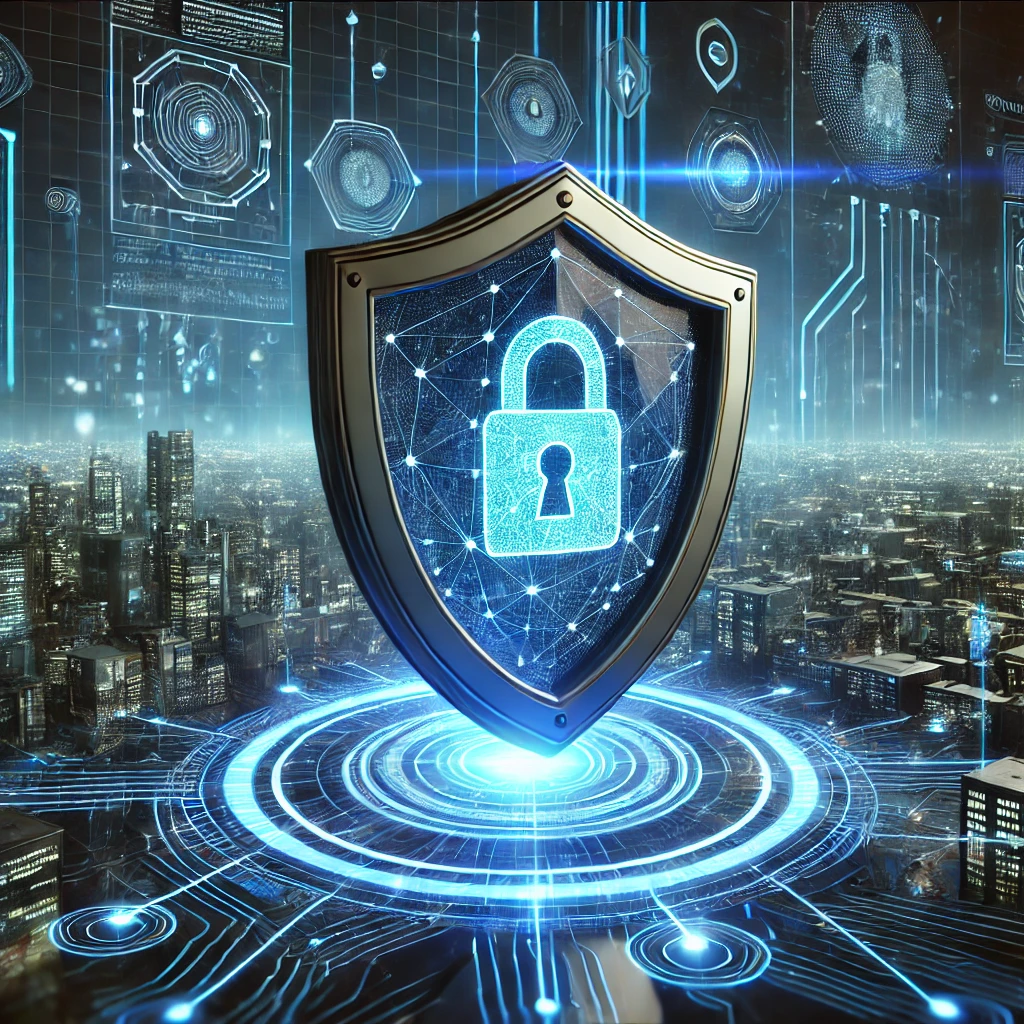
Introduction
In today’s hyperconnected world, cybersecurity is more important than ever. As digital transformation accelerates, cyber threats are becoming more sophisticated, targeting individuals, businesses, and governments alike. From data breaches to ransomware attacks, the digital realm is under constant threat. In this blog, we’ll explore the importance of cybersecurity, the latest threats, and how to stay protected in the digital age.
The Growing Need for Cybersecurity
With the increasing reliance on cloud computing, IoT devices, and AI-driven applications, cybersecurity is no longer an option—it’s a necessity. Key reasons why cybersecurity is crucial:
- Data Protection: Prevents unauthorized access to sensitive information.
- Financial Security: Cyberattacks can lead to massive financial losses for businesses and individuals.
- Privacy Preservation: Protects personal and corporate privacy from cybercriminals.
- Business Continuity: Ensures seamless operations without disruptions from cyber threats.
Common Cyber Threats in the Digital Age
Cybersecurity threats are evolving rapidly. Here are some of the most prevalent ones:
1. Phishing Attacks
Cybercriminals use deceptive emails and messages to trick users into revealing sensitive information, such as passwords and credit card details.
2. Ransomware
Malicious software encrypts files and demands payment to restore access. High-profile attacks have targeted hospitals, businesses, and government agencies.
3. Data Breaches
Hackers infiltrate networks to steal customer data, leading to financial and reputational damage for companies.
4. IoT Vulnerabilities
Smart devices connected to the internet can be exploited by hackers if not properly secured.
5. AI-Powered Cyber Attacks
Hackers are leveraging AI to automate attacks and bypass traditional security measures.
Best Practices for Cybersecurity Protection
1. Use Strong Passwords and Multi-Factor Authentication (MFA)
A strong password policy, combined with MFA, adds an extra layer of security against unauthorized access.
2. Keep Software and Systems Updated
Regular software updates patch security vulnerabilities, reducing the risk of exploitation.
3. Educate Employees and Individuals
Awareness training on phishing scams and cybersecurity best practices helps prevent social engineering attacks.
4. Secure Your Network
Using firewalls, VPNs, and encryption methods helps protect sensitive data from cyber threats.
5. Implement Zero Trust Security Model
This approach ensures that no entity—inside or outside the network—is automatically trusted.
Future of Cybersecurity: What Lies Ahead?
As technology advances, so do cyber threats. The future of cybersecurity will focus on:
- AI and Machine Learning for Threat Detection
- Quantum Computing and Post-Quantum Cryptography
- Biometric Authentication for Enhanced Security
- Blockchain for Secure Transactions and Identity Verification
Conclusion
Cybersecurity in the digital age is a continuous battle against evolving threats. By implementing strong security measures, staying informed, and adopting emerging technologies, businesses and individuals can safeguard their digital assets. In a world where cyber threats are inevitable, prevention is the best defense.